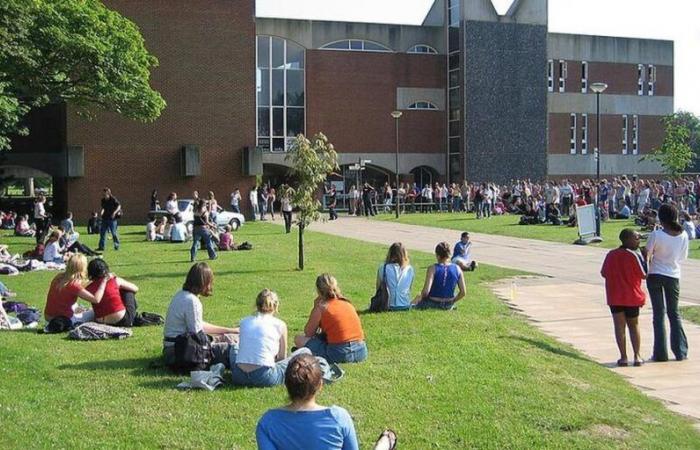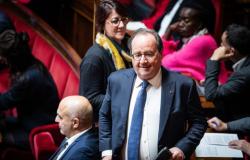In 2022/2023, there were almost 760,000 international students at UK universities, making the UK the second largest global destination after the US, in a very competitive market.
The largest number of people coming to the UK are Indians, followed by Chinese and Nigerians.
But in 2023, the number of student visas fell by 5%. And between July and September, student visa applications fell by 16% compared to the same period last year.
These figures are worrying because foreign students bring in much more than British students.
Increase in university fees
Leo Xui, a 20-year-old Chinese man, arrived in London in September to study population and health sciences at UCL. “It's good for my CV: when I return to China, it will allow me to work for an international company,” he says.
His university fees this year amount to 31,000 pounds sterling (37,200 euros). The British pay a maximum of 9,250 pounds in English universities. The Labor government announced on Monday that this amount, frozen since 2017, would increase to 9,535 in April.
Universities were demanding an increase in these university fees.
Universities UK (UUK), which represents 141 universities in the country, warned in September about the state of the establishments' finances, expressing concern about a decline in the British university sector.
According to UUK, the level of funding per student is at its lowest since 2004. The fees of 9,250 pounds paid by students have increased very little since 2012, when they amounted to 9,000 pounds, a significantly lower increase than the previous year. 'inflation.
There is a deficit in both teaching and research. “We are all feeling the crisis,” UUK president Sally Mapstone said in a conference.
To fill this hole, universities have opened the door wide to foreign students, to the point of becoming financially dependent on them. In some establishments, they represent more than half of the students, such as at the University of Arts in London (55%) or at Cranfield University (52%), according to a report from the House of Commons.
A Financial Times investigation published in early 2024 showed that to have more foreign students, some universities, including York, have lowered their admission criteria.
Visa restrictions
But the conservative government, in power until July, which had made reducing immigration a priority, seriously complicated the task of universities by imposing restrictions on student visas.
Since January, foreign students have been prohibited from coming with their families, with some exceptions. They can no longer apply for a work visa during their studies.
The drop in student visa applications “confirms our fear that changes under the previous government have made the United Kingdom less attractive,” laments Nick Hillman, director of the Higher Education Policy Institute (Hepi) think tank.
Job cuts
“The narrative (of the Conservative government) has been very destructive,” criticizes Ian Dunn, the dean of Coventry University, which has 30,000 students, 35% of whom are foreigners.
This university had already suffered greatly from Brexit. “We previously had 4,400 students from the EU. We’re probably at 10% of that,” says Ian Dunn. Because since Brexit, European students pay the same amount as other foreigners.
The situation is “difficult”, he admits.
A teacher at another English university said on condition of anonymity that positions and courses had been eliminated. “The decline in foreign students has dramatically worsened the crisis for us.”
It highlights the competition between countries to attract students. Faced with anti-immigration speeches, “some preferred to go to Canada, Australia or the Netherlands where courses are given in English”.
Coventry University may have found a solution by opening campuses in several countries, including Egypt, Morocco, India and China, with local partnerships.






